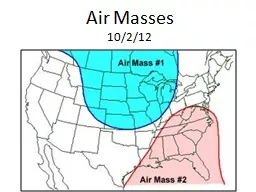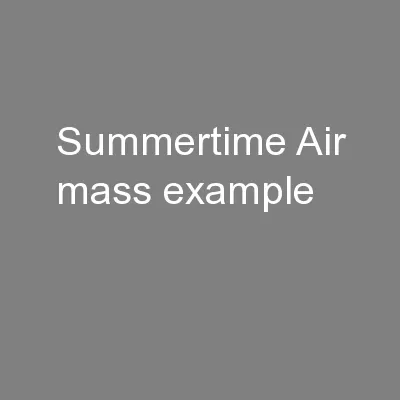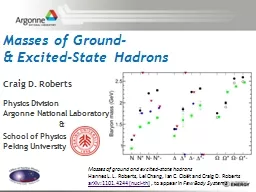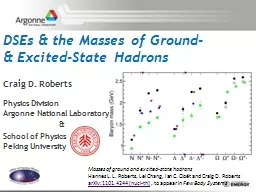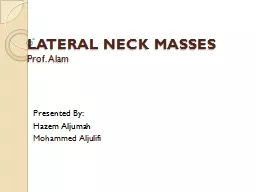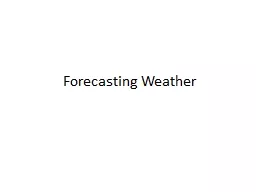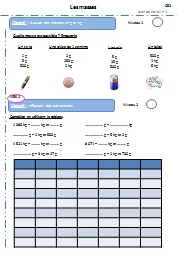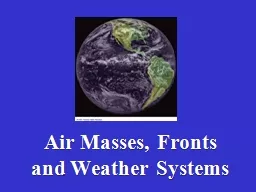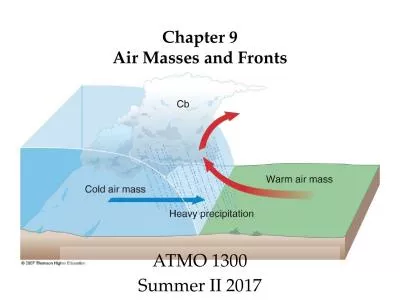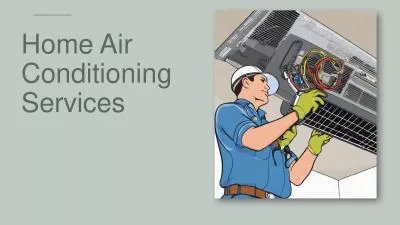PPT-Air Masses
Author : ellena-manuel | Published Date : 2016-05-28
10212 Weather changes as air masses move large volume of air where temperature and humidity are the at different altitudes Air masses can cover thousands of square
Presentation Embed Code
Download Presentation
Download Presentation The PPT/PDF document "Air Masses" is the property of its rightful owner. Permission is granted to download and print the materials on this website for personal, non-commercial use only, and to display it on your personal computer provided you do not modify the materials and that you retain all copyright notices contained in the materials. By downloading content from our website, you accept the terms of this agreement.
Air Masses: Transcript
Download Rules Of Document
"Air Masses"The content belongs to its owner. You may download and print it for personal use, without modification, and keep all copyright notices. By downloading, you agree to these terms.
Related Documents

